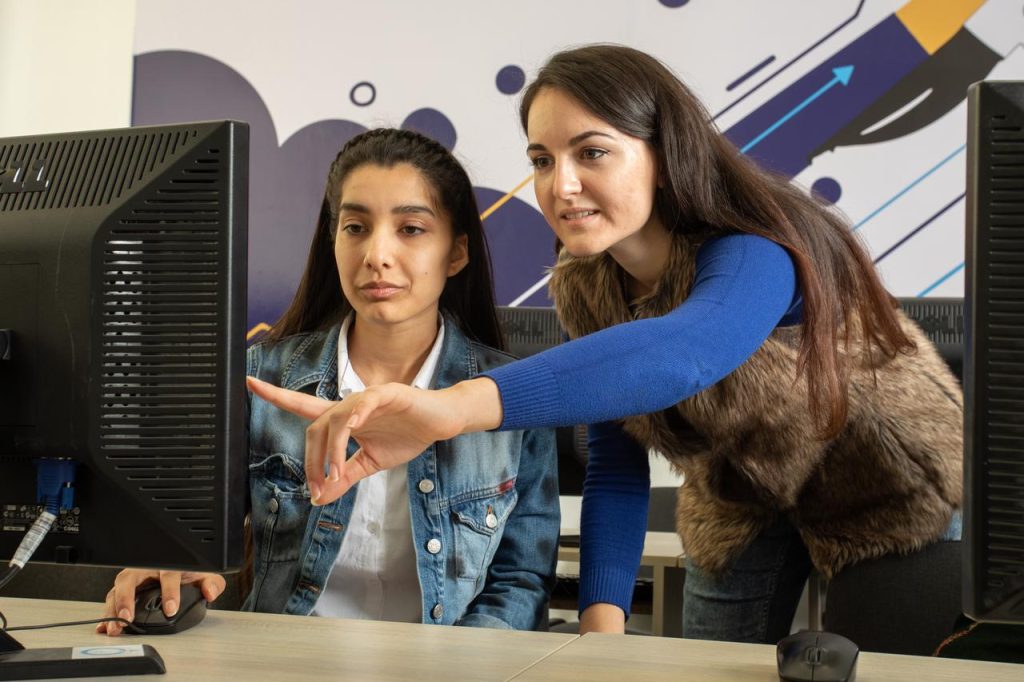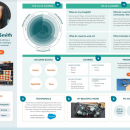
Interesting posts by Rose Luckin on LinkedIn focused on the Interwoven Intelligence Model from her 2018 book ‘Machine Learning and Human Intelligence: The Future of Education for the 21st Century’. She says she was “motivated by a desire to differentiate AI from Human Intelligence more clearly and to evaluate our understanding of human intelligence. For too long, we had relied on narrow, simplistic measures like IQ tests to define and value intelligence.”
She “suggested that human intelligence is not a single, monolithic entity, but rather a complex tapestry woven from seven distinct elements:
- Academic intelligence: Our knowledge about the world around us.
- Social intelligence: Our ability to interact and communicate with others effectively.
- Meta-knowing intelligence: Our understanding of the nature of knowledge itself.
- Metacognitive intelligence: Our ability to regulate and control our own cognitive processes.
- Metasubjective intelligence: Our awareness and management of our emotions and motivations.
- Metacontextual intelligence: Our understanding of how we physically interact with our context including the physical and digital environment, people, places and things.
- Perceived self-efficacy: Our ability to accurately judge our own knowledge, skills, and abilities.”
She continues to say that:
The key insight of the interwoven intelligence model is that these elements are not separate, independent entities, but rather interconnected and mutually reinforcing. Each person's intelligence is a unique blend of these elements, developing at different rates and to different degrees over the course of a lifetime.
This understanding of intelligence as a rich, complex tapestry stands in stark contrast to the narrow, specialized intelligence of current AI systems. While AI may excel at specific tasks like playing chess or recognizing images, it lacks the broad, flexible, and self-aware intelligence that humans possess.
Rose Luckin believes “We can design educational systems that cultivate all seven elements of intelligence, rather than just focusing on narrow academic skills. And we can create AI systems that augment and enhance human intelligence, rather than trying to replace it.”
In a further post she looks in more details at Metacontextual Intelligence.
As an essential element for understanding how our physical embodiment interacts with our environment, its resources, and other people. It includes our physical intelligence, which allows us to use our bodies to interact with and learn about the world. Of course AI, lacks this physical intelligence and has no sense mod the embodies self that we humans have.
Metacontextual intelligence acts as an intellectual bridge connecting our instinctive mental processes to our conscious awareness. It enables us to recognize when our instincts are demanding attention and helps us evaluate whether that attention is warranted. Additionally, metacontextual intelligence assists us in identifying when we are being biased or succumbing to post hoc rationalisation. … something that AI lacks.
Developing metacontextual intelligence is important, she says,
because it is a uniquely human capability that AI systems do not possess. AI may have access to sensory information about their environment, but they lack a true understanding of their situatedness in the world beyond simple inputs and have no way of developing an awareness of the rich contexts in which humans operate and learn. When we see AI tools, like Large Language Models producing inaccurate results it is partly because they lack this physical connection to the real world, so that while they can write about forests, seas, books and pens, they have no understanding of what the words represent in reality.
With the present focus (or hype) on Generative AI, there is likely to be more debate on the difference between human intelligence and machine intelligence. And that is important for both how people can work with machines but also on how we should develop








